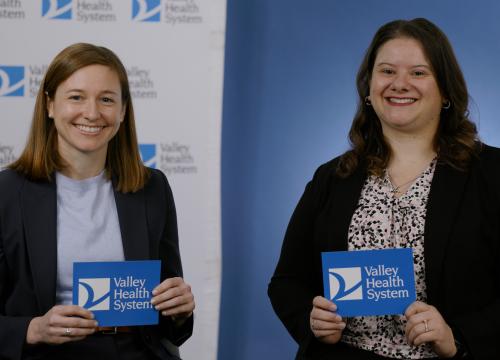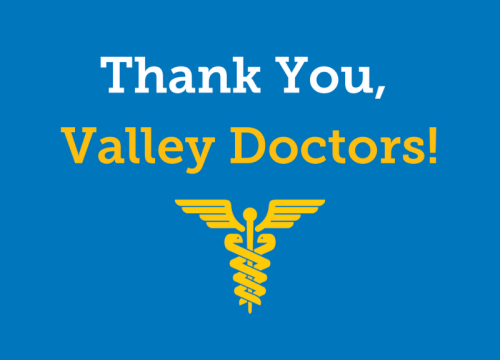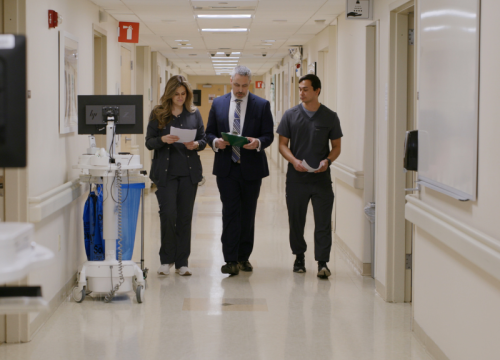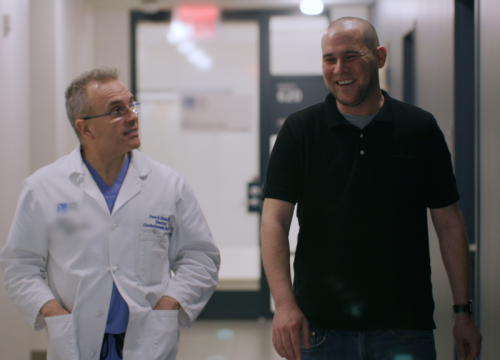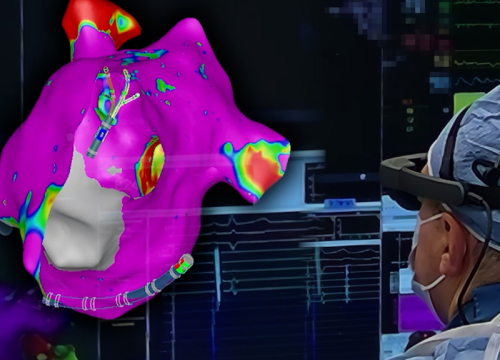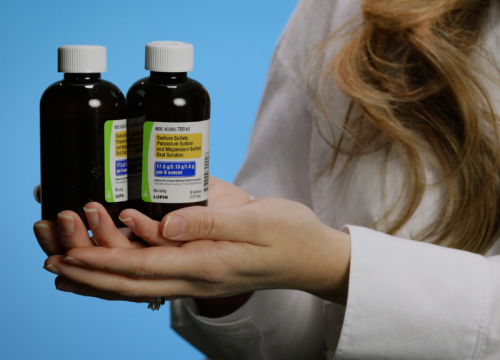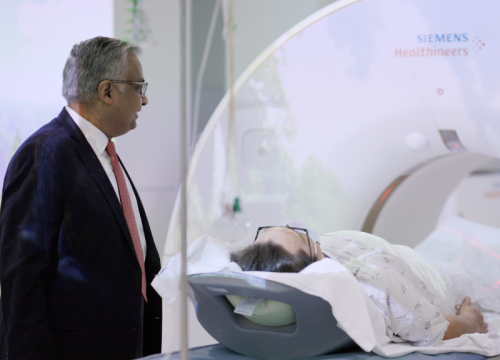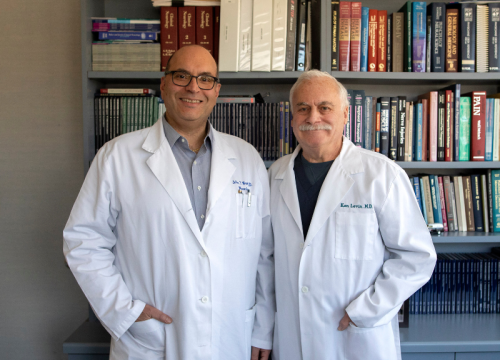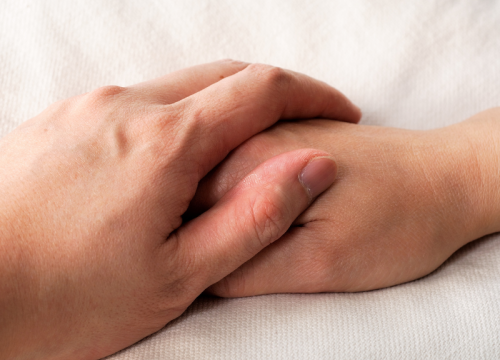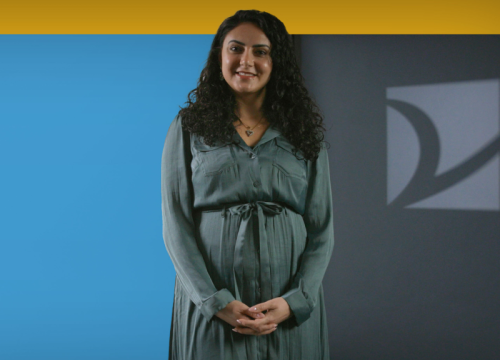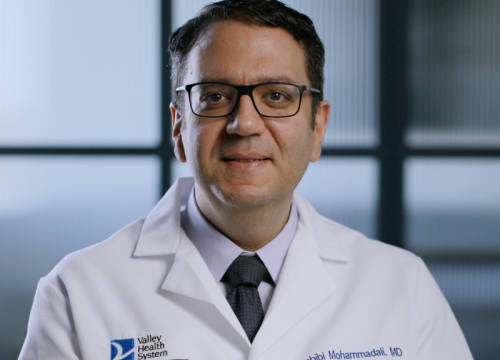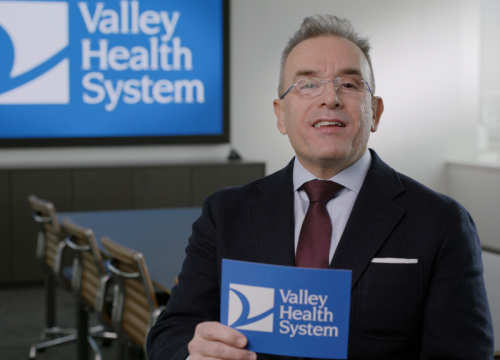Valley Health System's outpatient radiology and diagnostic imaging services are located at the Valley Health System - Ridgewood Campus, at the Center for Health and Wellness in Mahwah, at the Robert and Audrey Luckow Pavillion in Paramus, and at several Valley Medical Group locations.
The Valley Approach to Diagnostic Imaging
- Complete imaging capabilities. Head-to-toe imaging tests are possible because we have radiologists who specialize in analyzing results from different types of imaging procedures and from different areas of the body. This enables our radiologists to provide comprehensive information for a more accurate diagnosis.
- A highly skilled staff. The department's radiologists are board certified by the American College of Radiology, with several radiologists obtaining board certification in more than one area. The department also employs highly skilled, licensed and/or certified technologists.
- Convenient imaging times and locations. Getting a prompt imaging appointment is easy, with appointments available seven days a week, including evenings and same-day appointments.
Our Diagnostic Imaging Services
X-Rays and Fluoroscopy
Available at: Valley Health System - Ridgewood Campus, Center for Health and Wellness, Luckow Pavilion (Fluoroscopy is only available at The Valley Hospital)
While "plain" X-rays of an arm or leg may seem basic, it takes skill, experience and education to take these images.
- Extremity X-rays. These are among the most frequent X-ray studies performed. The hand, wrist, arm, elbow or shoulder of the upper extremity or the foot, ankle, leg, knee or hip of the lower extremity may be X-rayed to look for fractures or other injuries or conditions.
- Chest X-rays. Chest X-rays are used check the lungs, heart or ribs for disease or injury.
- GI Series. The upper gastrointestinal (GI) series uses X-rays to diagnose problems in the esophagus, stomach, and duodenum (first part of the small intestine). It may also be used to examine the small intestine. The upper GI series can show a blockage, abnormal growth, ulcer, or a problem with the way an organ is working. Related procedures performed at Valley include GI with Air Contrast Series, GI/Small Bowel with Air Contrast Series, and GI/Small Bowel Series.
- Barium Enema. The barium enema, or colon X-ray, is used to detect changes or abnormalities in your colon. During the exam, liquid barium, and in some cases air, is inserted into your colon through the rectum. This is done to improve the view of your colon by an X-ray. This test allows your doctor to examine your colon for: ulcers, narrowed areas (strictures), polyps, small pouches in the wall (diverticula), cancer, or other abnormalities.
Computed Tomography (CT or CAT Scan)
Available at: Valley Health System - Ridgewood Campus, Center for Health and Wellness
Computed tomography (CT, CT scan, CAT scan) is an X-ray technique that produces more detailed images of your internal organs and structures than do conventional X-ray studies. Using CT, your doctor can distinguish between adjacent tissues of similar composition that are indistinct on conventional X-ray images. For example, a plain X-ray of your abdomen will show bones and, at best, subtle outlines of the liver, stomach, intestines, kidney and spleen. But a CT scan reveals with clarity and precision not only these structures but also the pancreas, adrenal glands, ureters and blood vessels.
Positron Emission Tomography (PET, PET/CT)
Available at: Valley Health System - Ridgewood Campus
PET is used in the diagnosis and staging of some cancers, as well in the diagnosis of heart disease, Alzheimer's disease and other neurological diseases. Unlike MRIs and CT scans, which produce still images of physical structures in the body, PET is different because it tracks actual metabolic processes and body functions, which dramatically distinguish cancerous and other diseased tissue from normal functioning cells. PET is often combined with CT to get more accurate images in certain cases.
Valley offers the Siemens Biograph Vision 450 PET/CT scanner, which provides patients with the most advanced technology available. This scanner enables technologists to obtain images with the highest level of precision and detail, all while efficiently reducing the duration of the scan.
Magnetic Resonance Imaging (MRI)
Available at: Valley Health System - Ridgewood Campus, Center for Health and Wellness, Luckow Pavilion (1.5 T & 3T)
MRI is a technique that uses a magnetic field and radio waves to create cross-sectional images of your head and body. Your physician can use these detailed, clear images to identify and diagnose a wide range of conditions. MRI procedures are performed at the Outpatient MRI Center at the Luckow Pavilion in Paramus, and include:
- Cardiac MRI (performed at the Luckow Pavilion and Ridgewood Campus only)
- Breast MRI
- MRI-Guided Breast Biopsy (performed at the Luckow Pavilion only)
- 3T MRI Sentient Suite (performed at the Luckow Pavilion only)
Ultrasound
Available at: Valley Health System - Ridgewood Campus, Center for Health and Wellness
This technology, also called sonography, uses high-frequency sound waves and a computer to form images on a small monitor. A transducer produces these waves (pulses) of sound and sends them into the area that's being imaged.
Nuclear Medicine
Available at: Valley Health System - Ridgewood Campus
Nuclear medicine imaging uses small amounts of radioactive material (called a tracer), a special camera and a computer to create images of the inside of your body. Nuclear imaging is used when other types of radiology procedures can't provide the specific information needed to diagnose a condition.
Mammography
Available at: Valley Health System - Ridgewood Campus, Center for Health and Wellness, Luckow Pavilion
Mammography is an X-ray of the breasts performed to detect breast lumps when they are too small to be felt. These small lumps can be the first indicator of early-stage breast cancer. Learn more about mammography services at Valley.
Bone Densitometry
Available at: Valley Health System - Ridgewood Campus
This procedure measures the density (mass) of your bones. Other names for this test include bone density test and bone mineral density (BMD) test. It is often used to diagnose osteoporosis.
Vascular Ultrasound
Available at: Valley Health System - Ridgewood Campus, Center for Health and Wellness
Please note: Some diagnostic imaging procedures, such as those requiring anesthesia, etc., may take place at The Valley Hospital in Paramus. Upon making your appointment, you will be notified of which location to visit.




